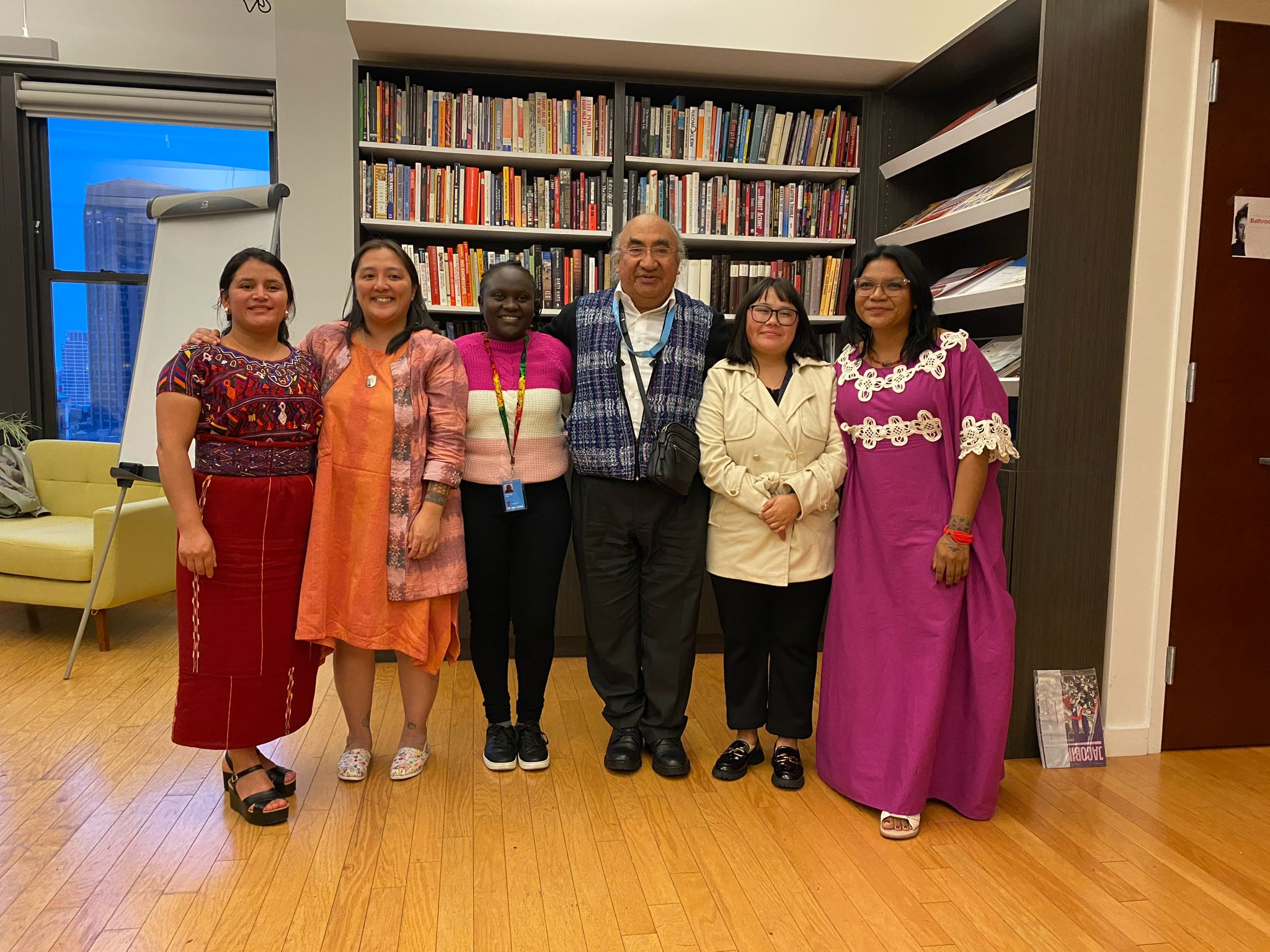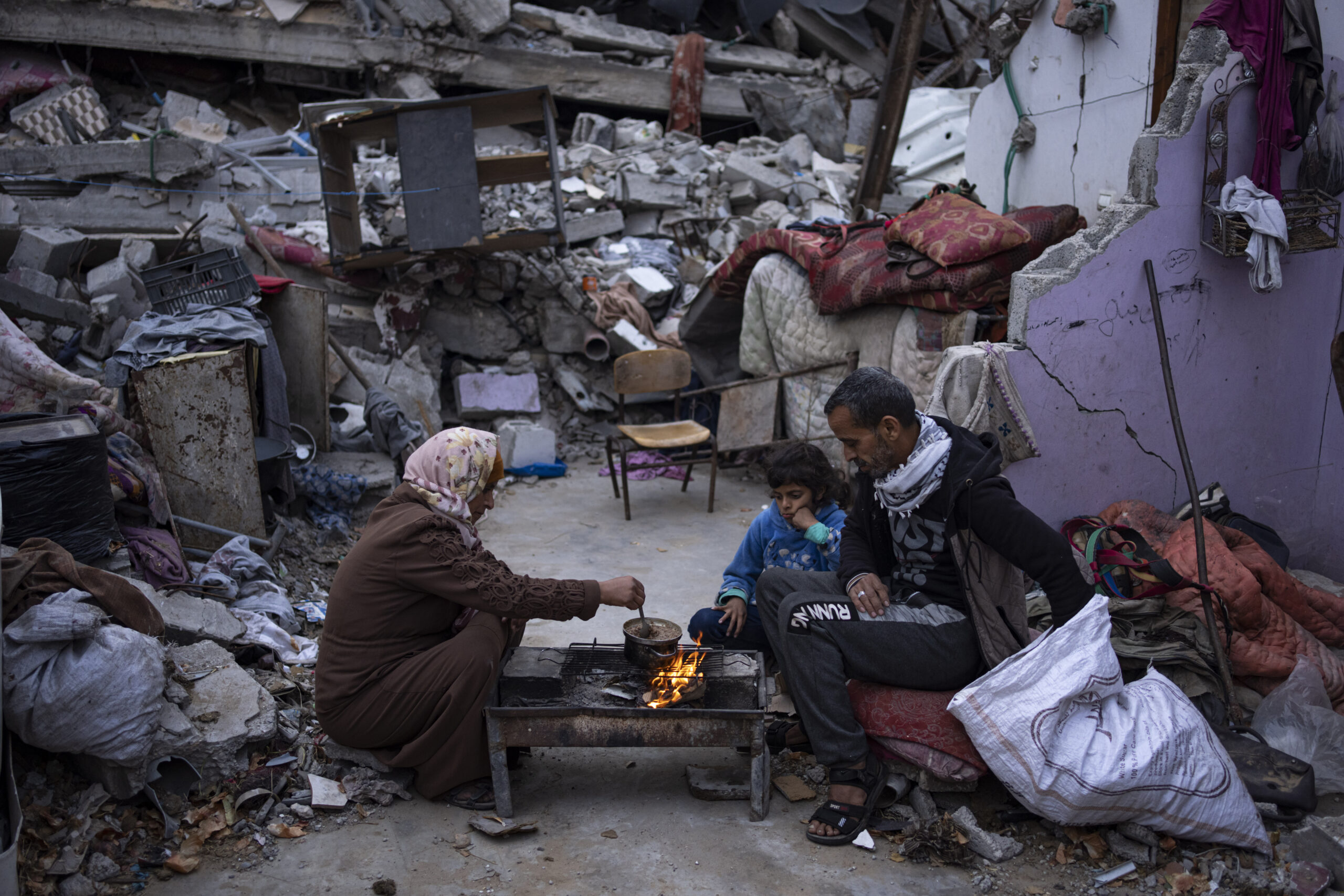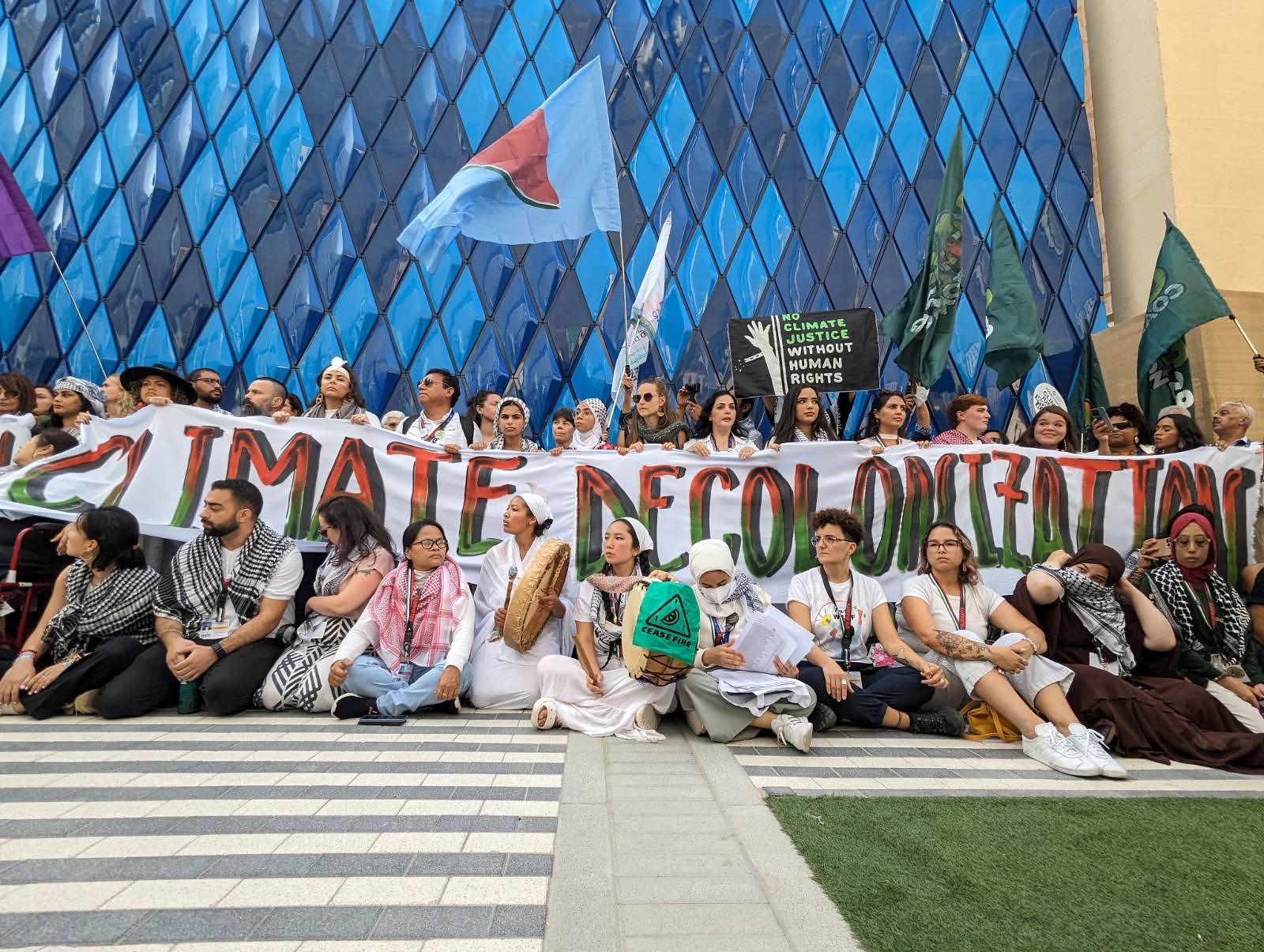Rental markets everywhere are being overtaken by a cresting wave of housing speculation. Pandemic-era rental deals for tenants in both high- and low-cost cities have given way to 100 percent rent hikes, rising eviction rates, and a conservative backlash against tenants’ rights. In cities across the world, tenants are pushing back and building political power to fight against political retrenchment.
Historically, successful tenant movements do not materialize in a vacuum but build on long-term, on-the-ground organizing around issues that are immediately important to tenants. These include a neighbor being evicted, the heat getting cut off in February, or an unexplainable rent increase. The traditional venue for dealing with bread-and-butter organizing issues are building-level tenant associations and/or neighborhood-level tenant unions. The shape, scale, and formality of any given tenant union is highly context-specific, influenced by everything from international investment trends to state housing laws, to the availability of space in the neighborhood to hold an evening meeting. At the same time, tenant unions everywhere are based around the same core principle: to address a fundamental imbalance of power between tenants and landlords, and to tip the scales in tenants’ favor.
In September 2022, Housing Justice for All, Rosa Luxemburg Stiftung-New York, and the Community Service Society of New York organized a discussion about tenant associations and tenant unions in the RLS-NY offices. We brought together a group of organizers and tenant leaders from New York’s tenant movement to hear from U.S., German, and Australian tenant organizers.
The discussion was led by Berta Del Ben, spokesperson for Deutsche Wohnen & Co enteignen (Socialize Deutsche Wohnen), a group working to municipalize large landlords in Berlin; Joel Dignam, founder of Better Renting, an Australian community of renters working together for stable, affordable, and healthy homes; Esteban Girón, a member/leader with the Crown Heights Tenants Union, a union of 40 buildings across Crown Heights, Brooklyn; and, Lulu Kirtchuk, an organizer with Los Sures, a nonprofit in South Williamsburg, Brooklyn, which organizes tenants, develops affordable housing, and provides direct services to the community.
While day-to-day tenant organizing happens on the smallest of scales, bringing in an international lens gave our audience a new perspective on strategy and tactics. The discussion provided a moment for participating organizers and tenant leaders to reflect on their work and challenge outcomes they deem “reasonable”. For example, in New York City, the socialization of privately owned apartment buildings doesn’t seem like an immediate possibility. However, DWE’s ongoing socialization campaign in Berlin helped normalize the concept for some participants, making it seem both reasonable and possible.
The discussion with Berta, Joel, Esteban, and Lulu approached the mechanics of building tenant power from multiple angles, covered short and long-term campaigns, and connected local issues to global power imbalances.
Looking forward, three major themes emerged during our discussion:
Building conditions and unjust rent hikes act as entry points into tenant organizing: For many tenants, habitability issues in their apartments or buildings, sometimes paired with a rent increase, often act as a politicizing spark. This was true in Berlin, in large developments like Kotti & Co., where private owners failed to keep up the building, cut-off heat in the winter, and hiked up rents beyond what was affordable to low-income tenants receiving government assistance. It was also true in New York City, where the Crown Heights Tenants Union provides support for tenants exercising their rights to repairs in Crown Heights, while Los Sures helps tenants organize to address building-level repair issues in Williamsburg. Habitability issues relating to extreme weather conditions also proved to be galvanizing for many Australian tenants.
Developing a shared political consciousness among tenants is important: Most forms of political organizing allow people to first make a connection between individual and shared needs, and then helps channel those needs into collective action. Among tenant organizers, this process often involves creating a space for tenants to understand that bad conditions in their apartment or their inability to make rent is not an individual failing, but a structural power imbalance with their landlord.
Among the cities represented on the panel, Berlin provides the strongest model for tenant politicization, because of the high share of tenants in the city (85 percent) and the militant history of tenant organizing from the left. Before the pandemic, the city’s Mietenwahnsinn [Rent madness] protests drew as many as 40,000 people. Even during the pandemic, Berta described Deutsche Wohnen & Co enteignen’s outreach workgroups (safely) collecting the signatures necessary to get the socialization issue on the ballot. While for Berta, and many of the other campaign volunteers, this campaign was their first foray into tenant organizing, they were entering into a civic participation model that is well-practiced in Berlin.
Unlike Berlin, Australia as a whole does not have as long of a history of tenant-centric political consciousness. Tenants do not see themselves as a political class, and they are scattered in single-family homes, or individual rental units within condo buildings, presenting a further challenge to organizing. Better Renting is actively working to build a culture of organizing and cultivating a sense of community among Australia’s renters.
Tenant unions will need to navigate multiple geographic scales to be successful: Berta, Joel, Esteban, and Lulu all spoke about learning to function on the local, state, national, and international scales as part of their work. While conditions affecting tenants happen on the local level, they are ultimately tied to city and state laws, national housing policy, and transnational financial flows. Berta mentioned DWE volunteers making these connections in their workgroups, which had to balance connecting with tenants about their individual rent increases while understanding German constitutional law and housing financing. Similarly, Lulu and Esteban talked about the day-to-day work of organizing building by building, block by block, while participating in city-wide campaigns, connecting with other tenant unions from across the U.S., and even building transnational tenant union connections.
Our panelists provided participating NYC tenant leaders and organizers with an international perspective on tenant power, creating space for consideration of day-to-day tactics and broader strategy. Perhaps the most important theme that emerged from the convening was the connection between tenant organizing and broader struggles for racial and economic justice, immigrant rights, and against climate change. Connecting housing struggles to broader societal issues helps to form the connective tissue of strong and effective social movements.
Oksana Mironova is a writer and researcher who was born in the former Soviet Union and grew up in Brooklyn, NY. She writes about cities, urban planning, housing, and public space. You can follow her on twitter @OksanaMironov or read more of her writing at oksana.nyc.



